22567-21-1
询价
5kg
起订
香港 更新日期:2023-08-08
产品详情:
- CAS号:
- 22567-21-1
- 纯度规格:
- 98.00%
- 无:
- 无
公司简介
N/A
| 成立日期 | (22年) |
| 注册资本 | 340万美元 |
| 员工人数 | 10-50人 |
| 年营业额 | ¥ 300万-500万 |
| 经营模式 | 贸易,工厂,服务 |
| 主营行业 | 中间体,有机原料,医药原料 |
相关厂家报价
-
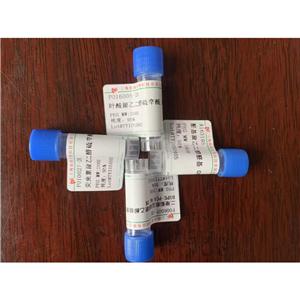
- Cholecystokinin (1-21)
- 上海拓旸生物科技有限公司 VIP
- 2025-03-10
- 询价
-
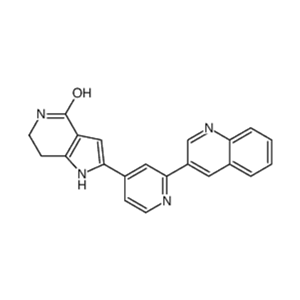
- 724711-21-1
- 上海芮晖化工科技有限公司 VIP
- 2025-01-14
- 询价
-
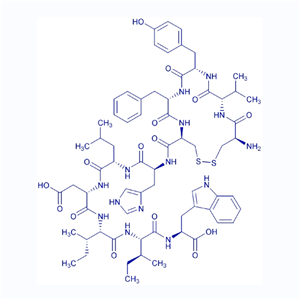
- 内皮素-1(11-21)/144602-02-8/Endothelin-1 (11-21)
- 上海鸿肽生物科技有限公司 VIP
- 2025-03-07
- 询价
-
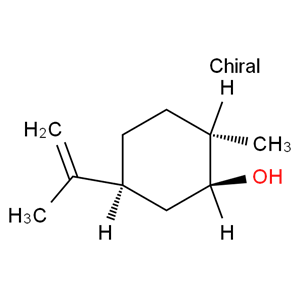
- 二氢香芹醇
- 陕西缔都新材料有限公司 VIP
- 2025-03-06
- 询价
-
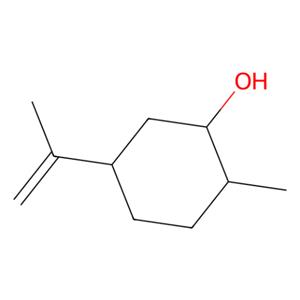
- aladdin 阿拉丁 D475745 (+)-二氢香芹醇 22567-21-1 purum,异构体的混合物,≥95.0%(对映体总量,GC)
- 上海阿拉丁生化科技股份有限公司 VIP
- 2025-02-27
- ¥1160.90


